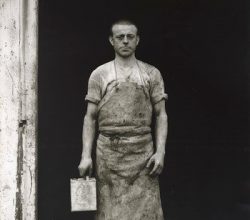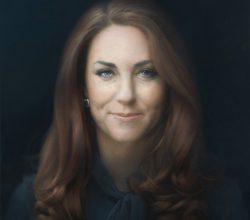
Lustre for life: how John Singer Sargent reinvented the watercolour
Jackie Wullschlager | ft.com | 23rd June 2017
By mid-career Sargent was booked solid doing portraits of the rich and famous. Watercolours were his way of relaxing. He never gave these works much emphasis but they now seem a substantial achievement. “Most of this show is lush prewar Sargent, who in watercolour really became modern, rewriting high culture as a threatened montage of changing perspectives, passing instants”. A video is here (2 min) and images here.


